It’s practically gospel in Nebraska that our smaller communities are declining, continuing a population slide that began long ago and will continue forevermore.
But many Nebraskans don’t realize that conventional wisdom is being upended, altered by a force powerful enough to turn the tide on decades of decline and offer some communities the chance to chart a new path forward.
In a word: Immigration.
A new FFP series, “Nebraska Evolving” dug deep into several smaller Nebraska cities and small towns – places like Wakefield, the star of the first story, and also Columbus, Madison, North Platte, South Sioux City and Schuyler. How and why are they evolving? And how is it impacting their Main Streets, schools and local governments, affecting families who have lived in these towns for generations and also new residents who just arrived?
The “Nebraska Evolving” project continues in 2025, as FFP reporters cover the local impacts of a national immigration crackdown. You can find all stories in the series below.
What’s happening?
Twenty-one different Nebraska counties outside the Omaha and Lincoln metro areas grew between 2010 and 2020. In 16 of those counties, according to census data, the growth was 100% because of residents of color.
Statewide, from 1990 to 2020, Nebraska added 383,100 people. Nebraskans of color were responsible for 93% of that growth.
Experts say that growth is driven by first-generation immigrants moving to Nebraska for work – often manufacturing or meatpacking jobs – and then propelled by their children and grandchildren who stay. In 2020, 7.2% of all Nebraskans were foreign born, quadruple the percentage of foreign-born residents in 1990.
And this evolution is especially stark if you ignore the Omaha and Lincoln metros – removing Douglas, Lancaster and Sarpy counties from the data – and view immigration’s impact on the rest of Nebraska.
Many of the state’s other 90 counties are hemorrhaging white people, who are aging, giving birth at lower rates and departing their home counties at higher levels than white newcomers arrive. But in those 90 counties, between 2010 and 2020, population only shrank by a total of 1,218 residents.
Why? Because, in that decade, those 90 counties added 48,438 people of color.
Why does it matter?
Nebraska needs workers. Unemployment is shockingly low, and as of June, the state has 49,000 unfilled jobs. To fill them, Nebraska needs people – and the state needs to look outward, said Michael Johnson, of the Nebraska Chamber of Commerce and Industry.
“Our population is going to decline unless folks move in from somewhere else,” he said. “What this in-migration is able to do is really just breathe new life into these communities … and that life is economic, it’s cultural. It really is something that can reverse the trend that our birth rates would put us into.”
Experts say immigration is key to the survival of small-town Nebraska, even though it can also cause housing shortages, strain school systems and create cultural chasms that may take generations to bridge.

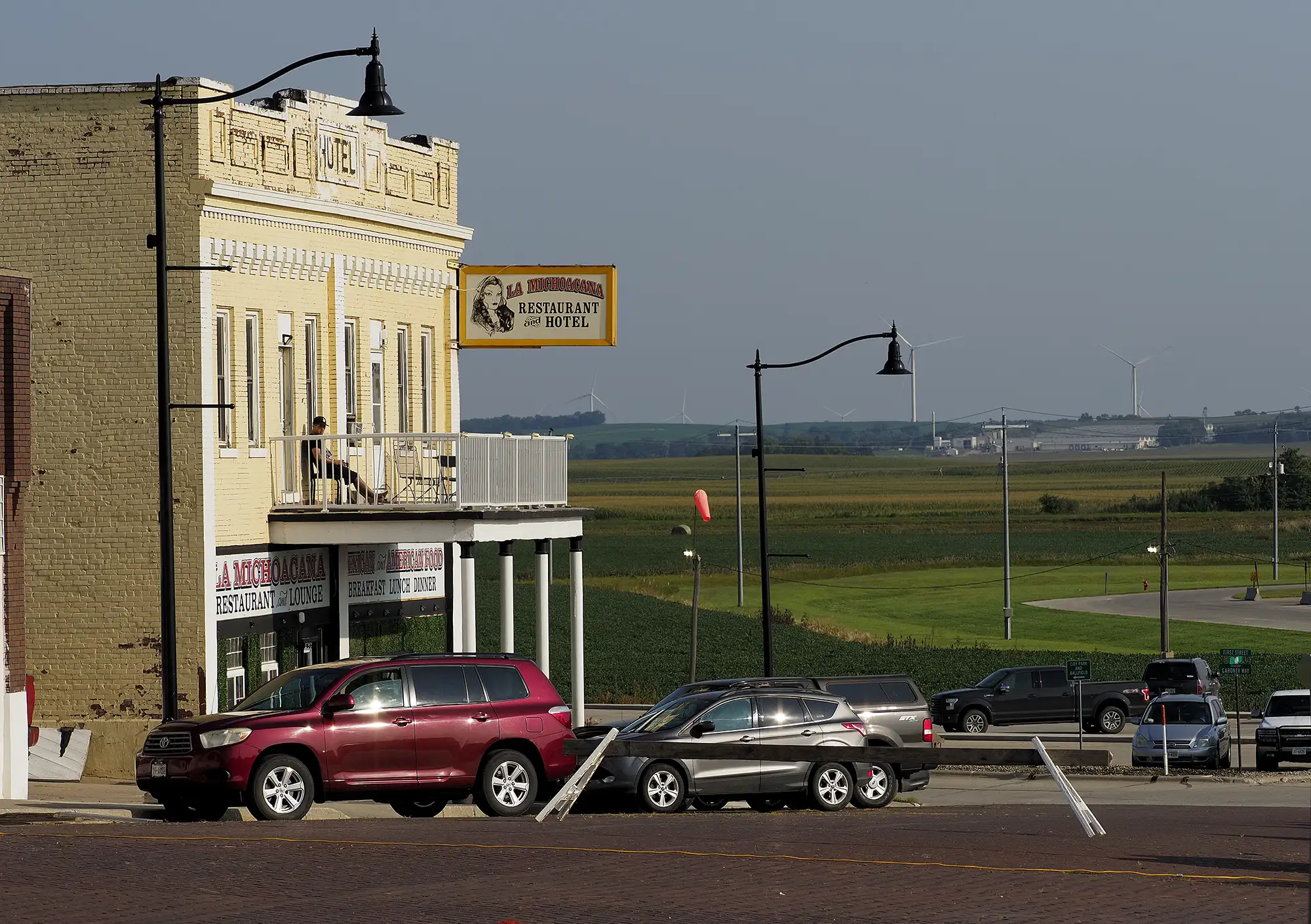



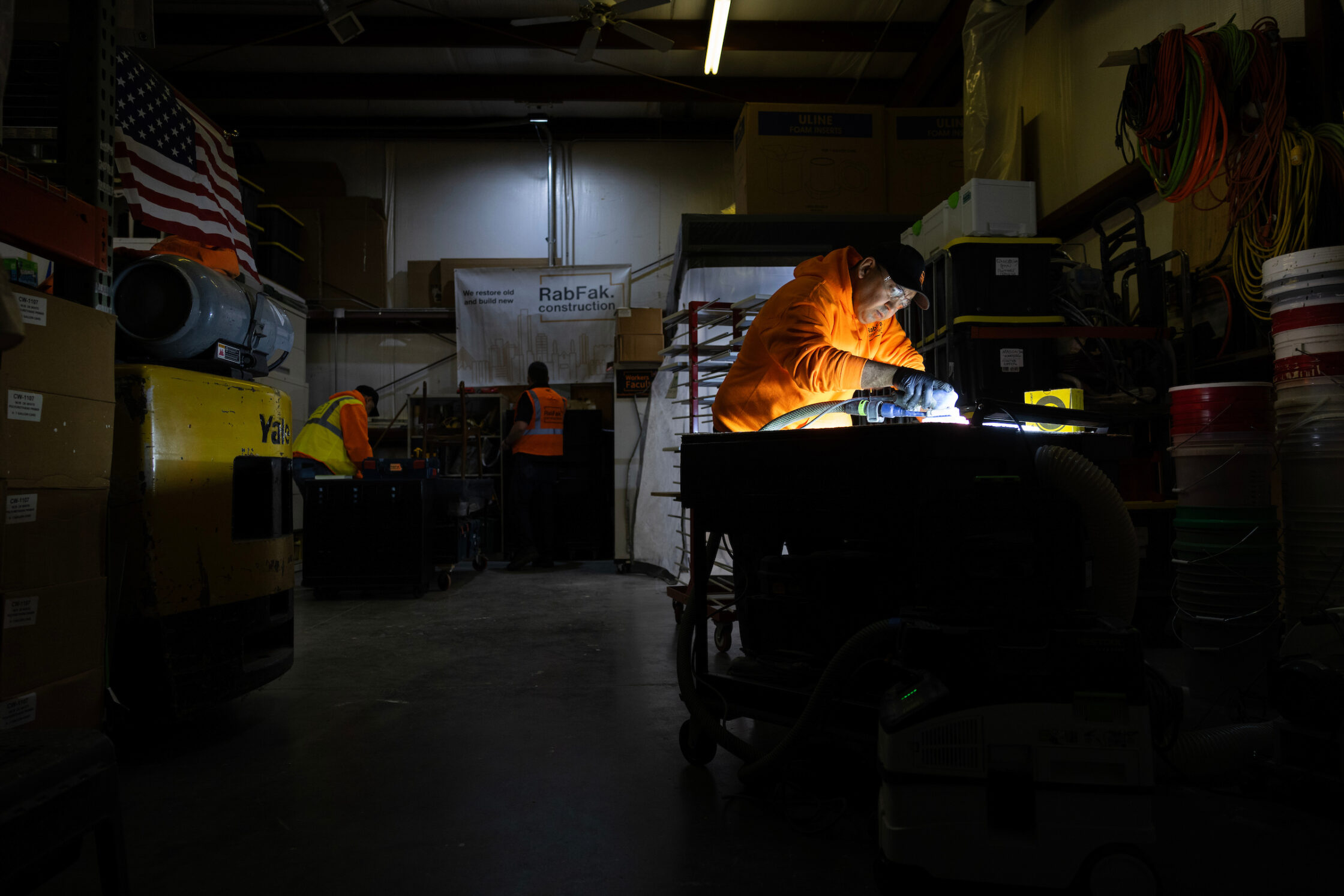
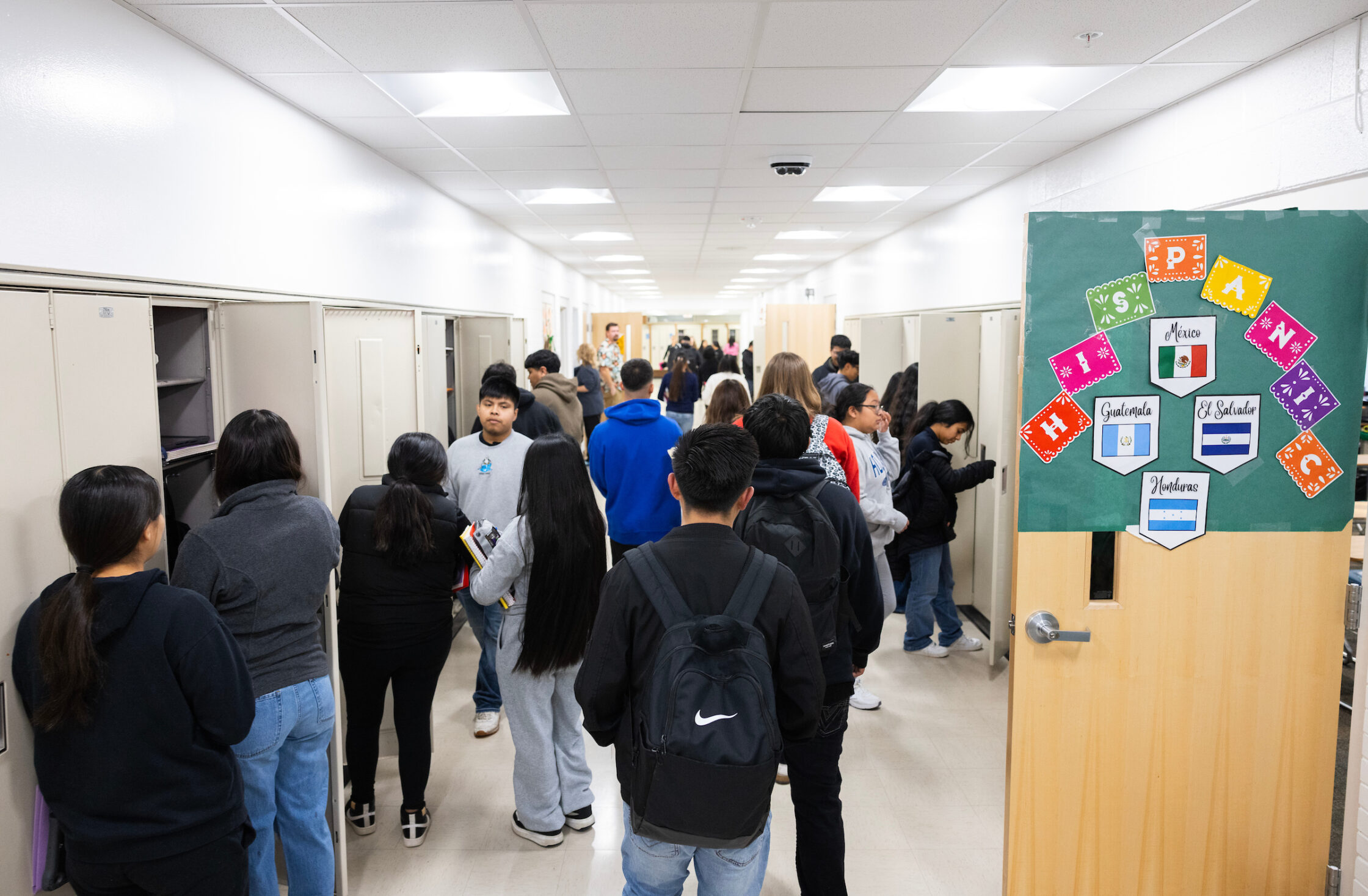


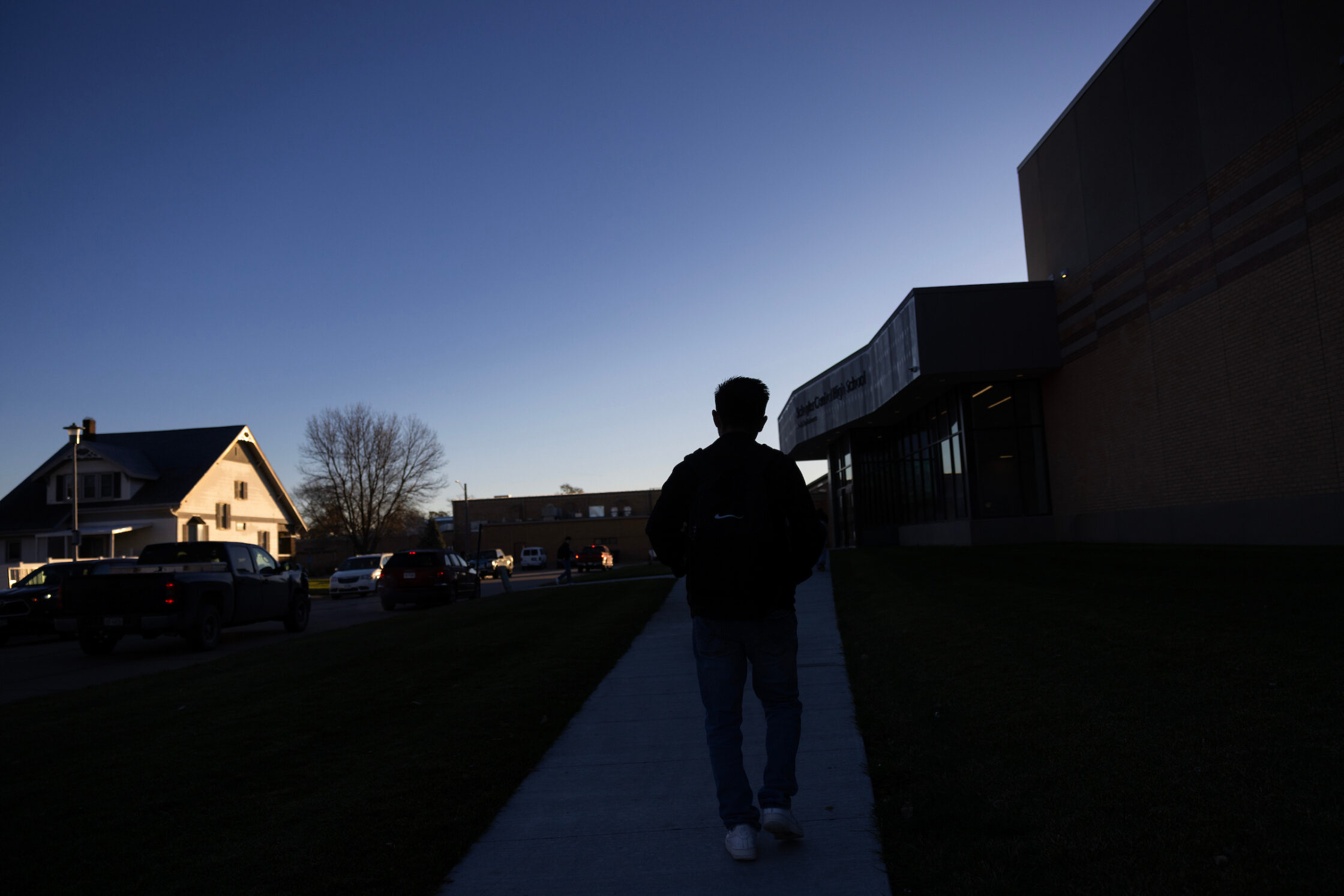
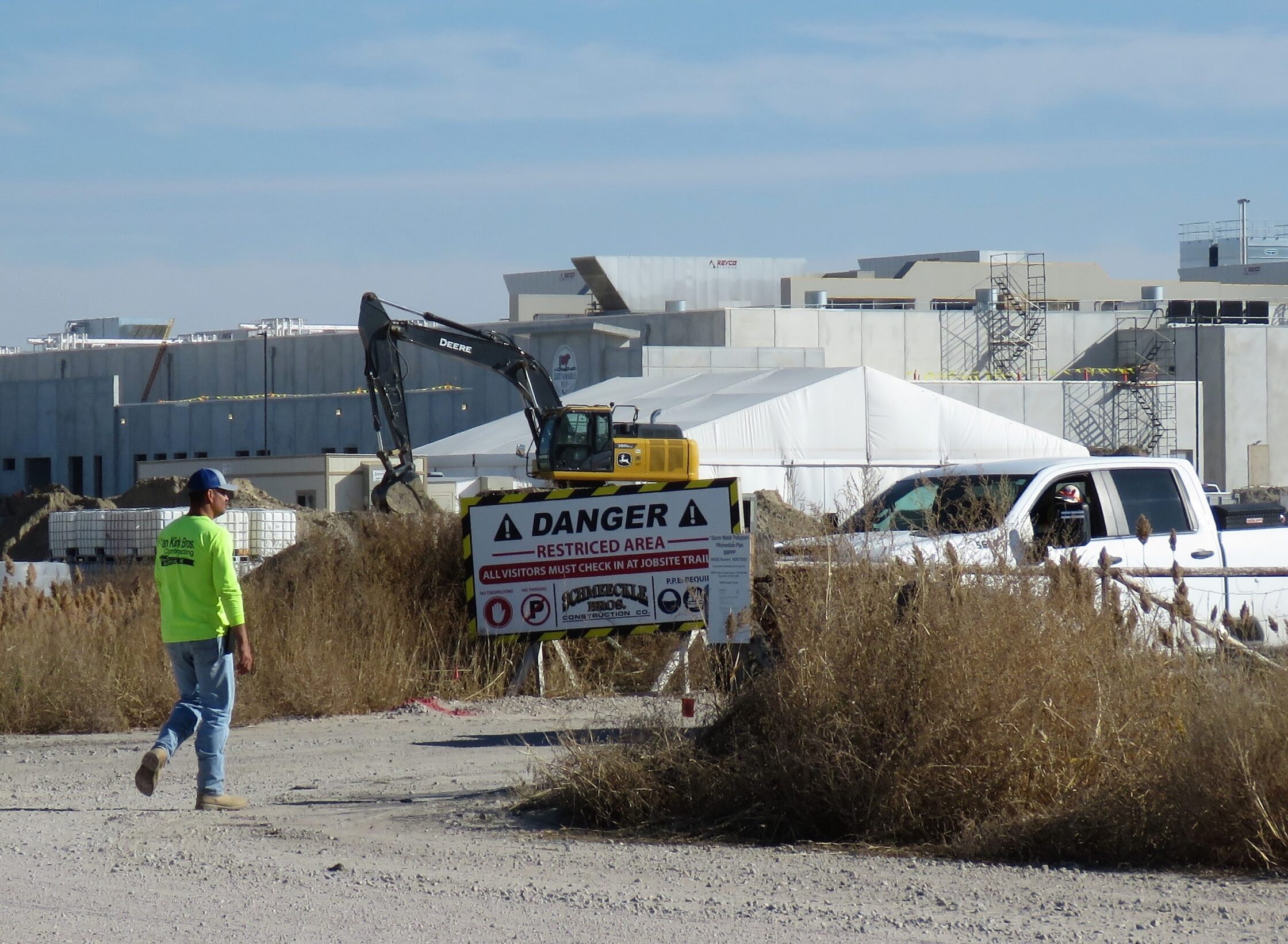






3 Comments
First rate reporting, Natalia! My Irish and German ancestors were once the newcomers, and like most other 19th century immigrants, they came here for the exact same reasons today’s immigrants are coming–an opportunity for a better life for themselves and their families. It sure beat starving to death in the Irish potato famine years!
I look forward to more stories in this series. I’m particularly interested to learn about the extent to which these newer fellow Nebraskans are participating in local governance to help shape the future of these communities they now call home, beyond the economic and cultural impact they are having on schools, housing and employment.
Thank you for your thorough and thoughtful reporting!
Great story ! Many Nebraskains need to be reminded about how they got here and what’s needed to save their small communities.
Experts say immigration is key to the survival of small-town Nebraska, even though it can also cause housing shortages, strain school systems and create cultural chasms that may take generations to bridge. Who are the experts? Housing shortages strained school systems!!! Generations to fix this. Where is the good news here people?